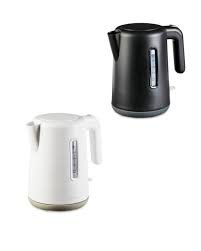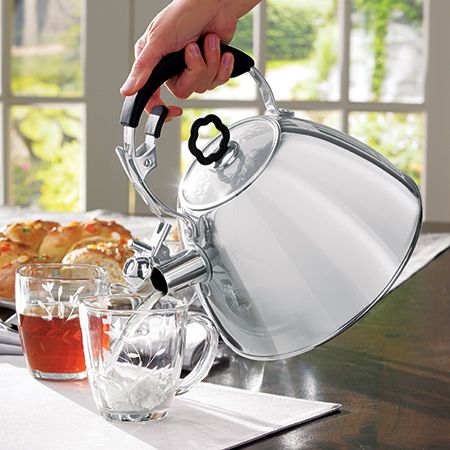Hey there, fellow kitchen enthusiasts! We all know how delightful it is to whip up a delicious meal, but let’s admit it – dealing with a slippery cutting board can be a real buzzkill! It’s like trying to dance on an ice rink while chopping veggies – a recipe for disaster! But fear not, because I’m here to rescue you from the clutches of runaway carrots and rogue cucumbers with some fantastic tips on how to keep your cutting board from slipping and sliding all over the place.
- Choosing the Right Cutting Board
Welcome to the cutting-edge world of cutting boards! When it comes to keeping your cutting board from slipping, choosing the right one can make all the difference between a culinary masterpiece and a slippery kitchen disaster. While it may seem like a simple decision, the type of cutting board you use can significantly impact your cooking experience and kitchen safety. So, get ready to embark on a journey of cutting board enlightenment. Say goodbye to uncertain chopping sessions and hello to a stable and secure surface that will have you chopping, dicing, and slicing like a pro. Let’s explore the world of cutting board materials and find your perfect match to keep those slippery mishaps at bay!
- Advantages and disadvantages of each material in terms of slip-resistance
Today, we’re diving deep into the world of cutting board materials and their slip-resistant superpowers (or not-so-superpowers). Picture this: you’re in the middle of preparing a scrumptious meal, but your cutting board has turned into a rollercoaster ride for your ingredients! Fear not, for we’ve got your back, and we’re here to reveal the secrets behind each material’s slip-resistant abilities. As we embark on this adventure, we’ll explore the advantages and disadvantages of different cutting board materials when it comes to preventing those pesky slips and slides. From the classic charm of wooden boards to the sleek and modern allure of plastic and bamboo, each material brings its own unique set of perks and quirks.
- Creating a Non-Slip Surface
Have you ever experienced the frustration of trying to cook up a storm, only to find your cutting board slipping and sliding around like a playful puppy on a polished floor? Well, fear not, because we’ve got a game-changing solution that’ll have you cooking with confidence and flair! Say hello to the world of creating a non-slip surface for your cutting board – a simple yet magical way to bring stability and safety back to your kitchen domain. So, whether you’re preparing a gourmet feast or a simple weeknight dinner, these ingenious techniques will revolutionize your cooking game. Say goodbye to the frustration of a runaway cutting board, and welcome a secure and stable surface that’ll make your kitchen adventures a breeze. Let’s get ready to whip up some kitchen magic as we explore the art of creating a non-slip surface for your cutting board!
- How to position and attach the pads to ensure maximum effectiveness
We’re back with another exciting chapter in our quest to banish slippery cutting boards from your kitchen adventures. Today, we’re diving into the magical world of anti-slip pads and rubber bumpers – those unsung heroes that can turn your cutting board into a steadfast companion on your culinary journey. So, whether you’re an aspiring home cook or a seasoned chef, get ready to level up your kitchen prowess with the ultimate weapon against cutting board slipping. Say hello to a non-slip cutting board that’s ready to conquer any recipe you throw its way. Let’s dive into the art of positioning and attaching anti-slip pads for maximum effectiveness and put an end to those slippery kitchen shenanigans once and for all!
- Proper Cutting Board Maintenance
You’ve invested in a high-quality cutting board that’s been your kitchen partner-in-crime, but lately, it seems to have lost its grip. Before you toss it aside for a new one, hold your knives! We’ve got some incredible maintenance tips that’ll breathe new life into your trusty board and make it as good as new. So, whether you’re a home cook or a seasoned chef, it’s time to give your cutting board some TLC and show it some love. Say goodbye to slipping and hello to a cutting board that’s in it for the long haul! Let’s get ready to unleash the magic of proper cutting board maintenance and create a kitchen that’s both safe and stunning. Let the adventure begin!
- Tips on washing, sanitizing, and drying the cutting board appropriately
We’re diving into the nitty-gritty of cutting board care – specifically, the oh-so-crucial task of washing, sanitizing, and drying your trusty kitchen companion. I know, it might not be the most glamorous part of your cooking journey, but believe me, mastering this art will ensure your cutting board stays in tip-top shape and keeps those pesky slips and slides at bay. So, whether you’re a kitchen newbie or a seasoned pro, it’s time to level up your cutting board care game. Say farewell to unhygienic practices and embrace the art of washing, sanitizing, and drying your cutting board like a true culinary maestro. Let’s get ready to keep those cutting boards shining and our kitchens safe and sound. Your cutting board will thank you – and so will your taste buds! Let’s dive into the world of cutting board care, one squeaky clean step at a time!
- Storing the cutting board correctly to prevent warping and maintain stability
You’ve invested in a top-notch cutting board that has faithfully served you through countless culinary adventures. But over time, you notice it’s starting to warp and lose its once-sturdy form. Cue the kitchen drama! But fret not, because we’ve got the ultimate guide to help you store your cutting board like a pro and prevent any unwelcome warping surprises.
Conclusion
You’ve made it to the end of our exciting journey on how to keep your cutting board from slipping and sliding like a kitchen acrobat. We hope this blog post has been your trusty guide, filled with friendly tips and tricks to transform your culinary experience from slippery chaos to stable success.




